Blog
Album Of The Day: Here I Am To Worship by Tim Hughes
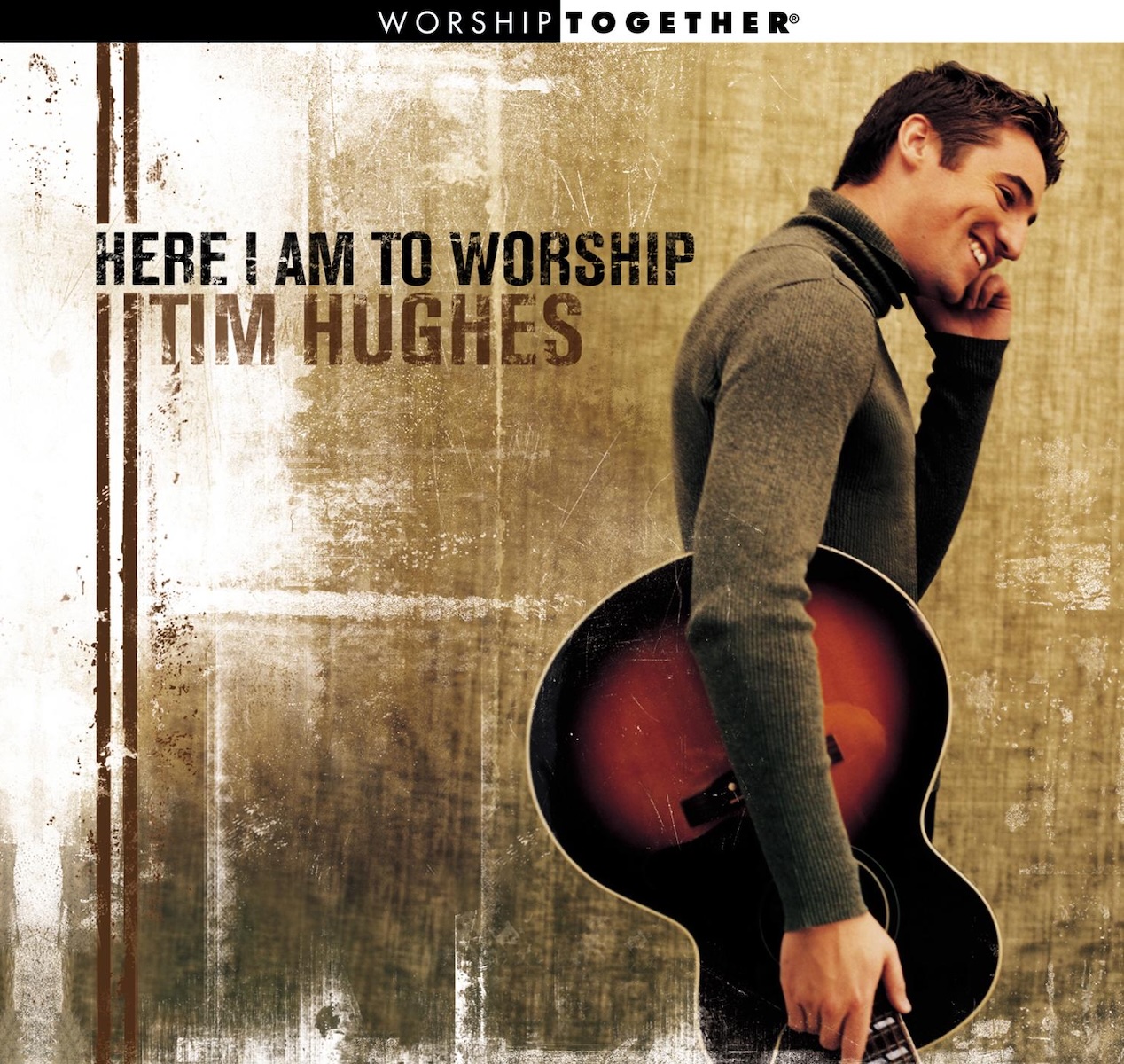
Released 24 years ago this month, this is the first studio album from UK worship leader and songwriter Tim Hughes. He does sound a bit like Matt Redman, who was a mentor of his and writes very similar songs, but there is still some uniqueness to his music and he definitely has a heart that longs to praise God. Songs like "Maker Of All Things" and "Jesus, You Alone" were pretty well-known songs written and performed by Hughes here. The one song that he is most known for is the title track, "Here I Am To Worship", which has been sung at many churches in the last 25 years and has been recorded by dozens of Christian artists, and it definitely is a highlight of this album. But after listening to this album today, the album is full of solid songs of praise and worship like "May The Words Of My Mouth", "Day After Day" and "The Eyes Of My Heart". It sounds beautiful thanks to a great team of musicians and producers in both the UK and in Nashville.
Release Year: 2001
Listen on Apple Music
Listen on Spotify
Album Of The Day: Third Verse by Smalltown Poets
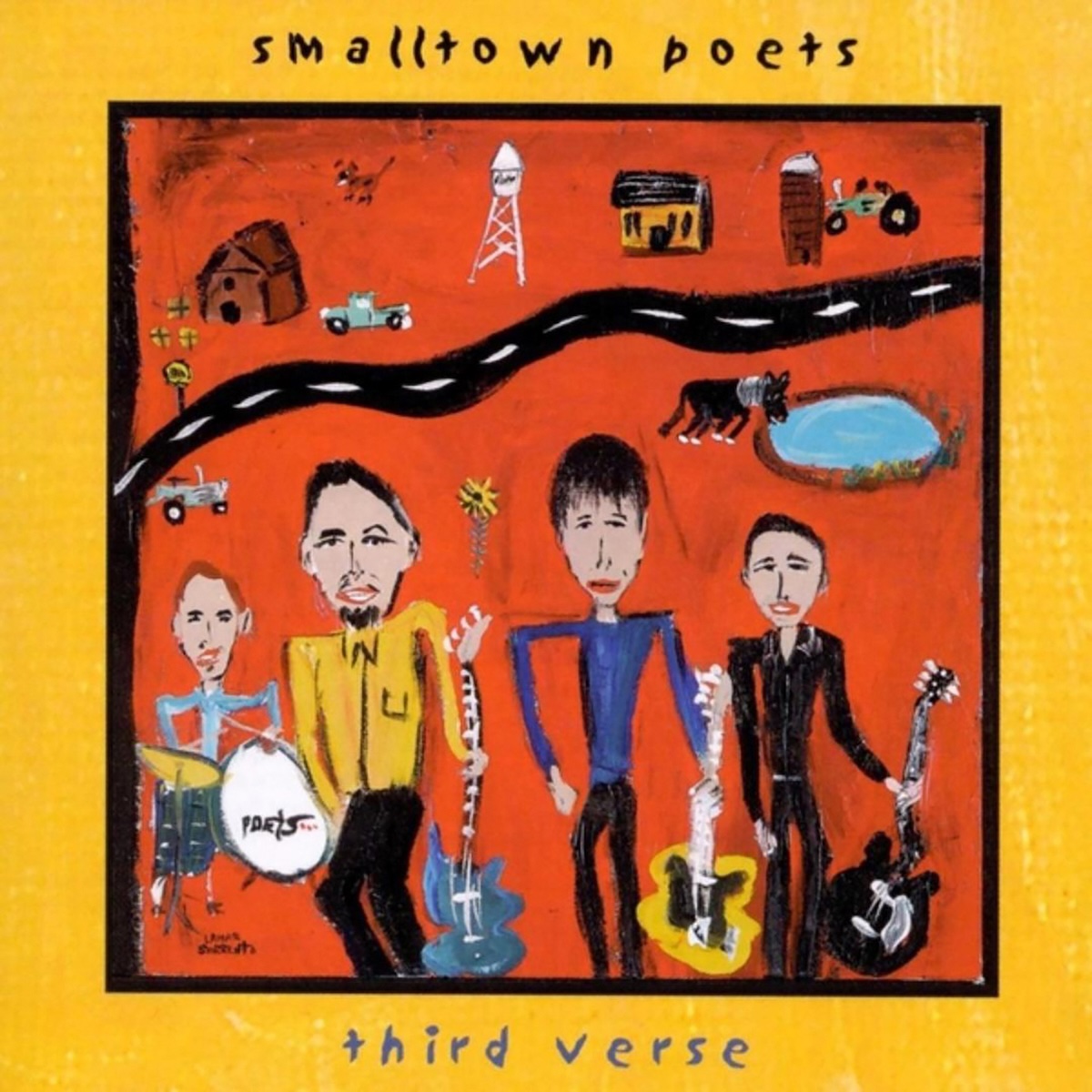
Released 25 years ago this past September, this is the aptly-titled third album from rock band Smalltown Poets. It's maybe not the band's most beloved album, but I really like these songs. "Every Reason", "Any Other Love" and "That Line" are quality rock with a Christian message. Some of the best songs on this album are covers of '90s Christian rock you may not have heard, "Beautiful, Scandalous Night" and "The Lust, The Flesh, The Eyes, And The Pride Of Life". And well, I love a great all-out rock closing track, and "100 Billion Watts" definitely does that here. Smalltown Poets is not one of my favorite bands, but whenever I do give their music a listen, I wonder why I don't listen to it more often because it's good. They also recently put out an EP a month or two ago, which is good too.
Release Year: 2000
Listen on Apple Music
Listen on Spotify
Album Of The Day: Unclassified by Robert Randolph & The Family Band
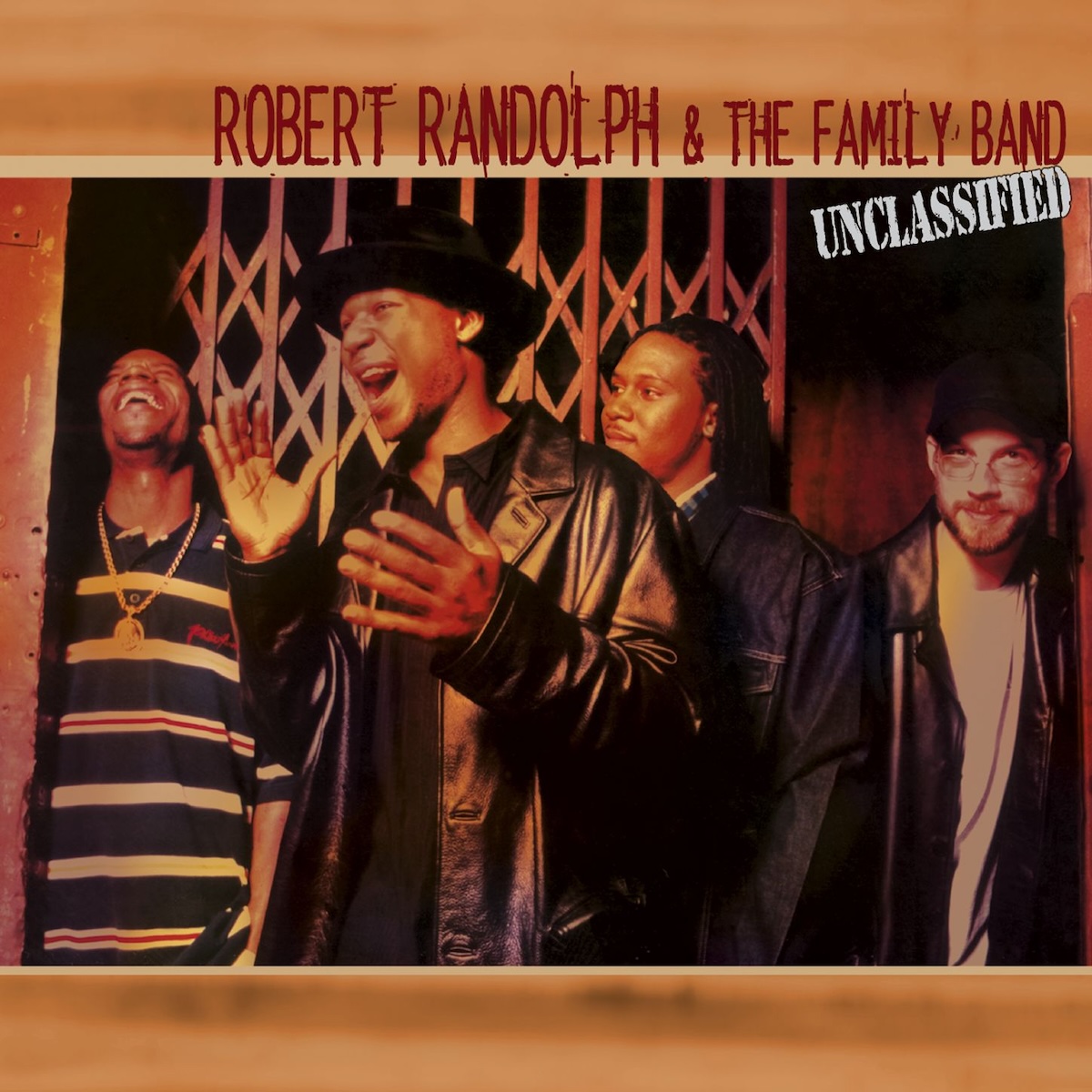
"I need more love every day of my life." It's the weekend, so I needed some rock jams to kick it off. Robert Randolph started playing the pedal steel guitar in church as a kid, and by the time I first heard this album from him and his Family Band, Randolph was jammin' in New York City at clubs playing a mix of R&B, rock, funk, soul and Gospel. Half the songs on this album are just instrumental jams, and his band of longtime relatives and friends are excellent musicians as well. Unclassified always puts me in a good mood and is an excellent vibe from start to finish. If you haven't heard this album, you should give it a listen. They hit it out the park with this first studio album, and I'm not sure they did any better than this later, though I like all their albums.
Release Year: 2003
Listen on Apple Music
Listen on Spotify
Album Of The Day: Straightjacket by Steven Delopoulos
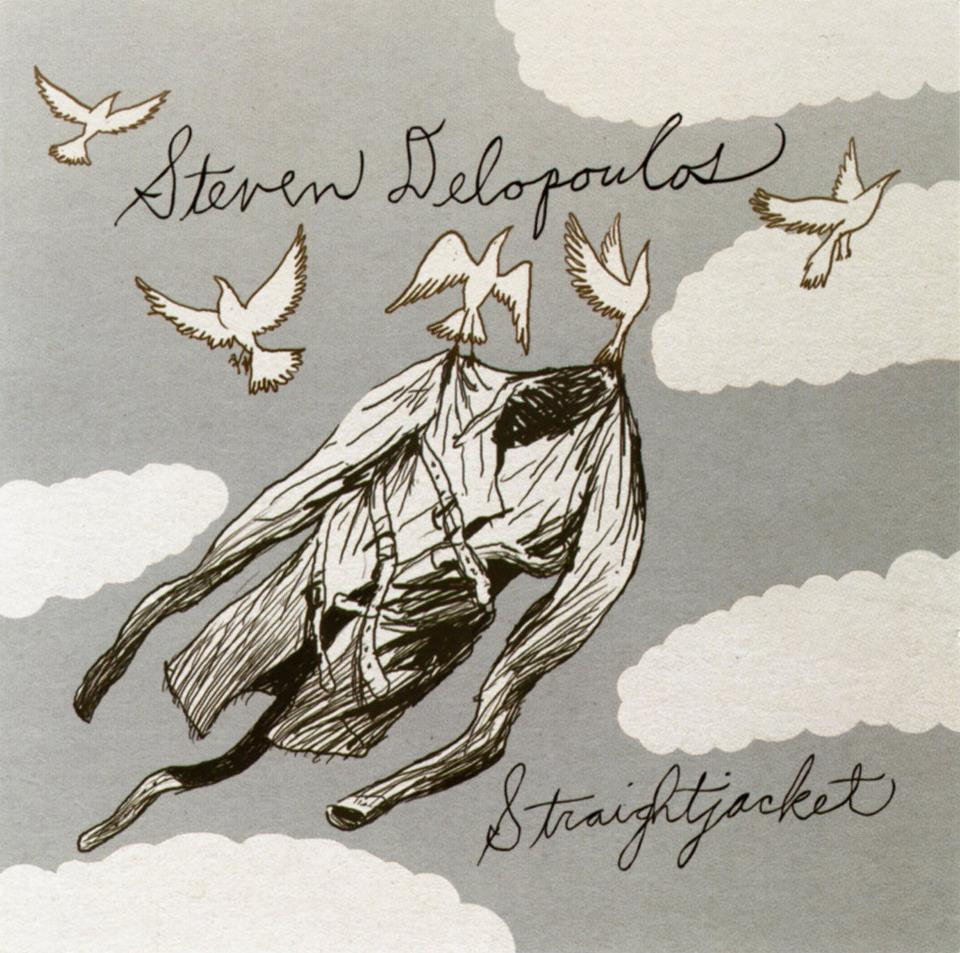
Released 18 years ago this past November, this is the second solo album from Steven Delopoulos, the New York-based folk musician and lead singer of Burlap To Cashmere. On this album, Steven gets very experimental, with songs like "Ruin Of The Beast" and "As If Love Was A Sword" having Gregorian chant/choirs, and songs like "May I Always Keep My Feet On The Ground" and "Halt" having very percussive clapping and/or yelling. Even though it's a bit odd musically, I love his lyrics and melodies, they sound like something Paul Simon might have come up with though a bit more Mediterranean in feel. Songs like "Work To Be Done" and "She Held My Hand" are beautiful acoustic guitar ballads. This man is one of my favorite singer-songwriters ever, and it's terrible that he and his band are not more well-known. This album isn't as stellar as his solo debut, but I definitely love it a lot.
Release Year: 2007
Listen on Spotify
Buy on Bandcamp
Album Of The Day: Ethan Luck & The Intruders by Ethan Luck & The Intruders
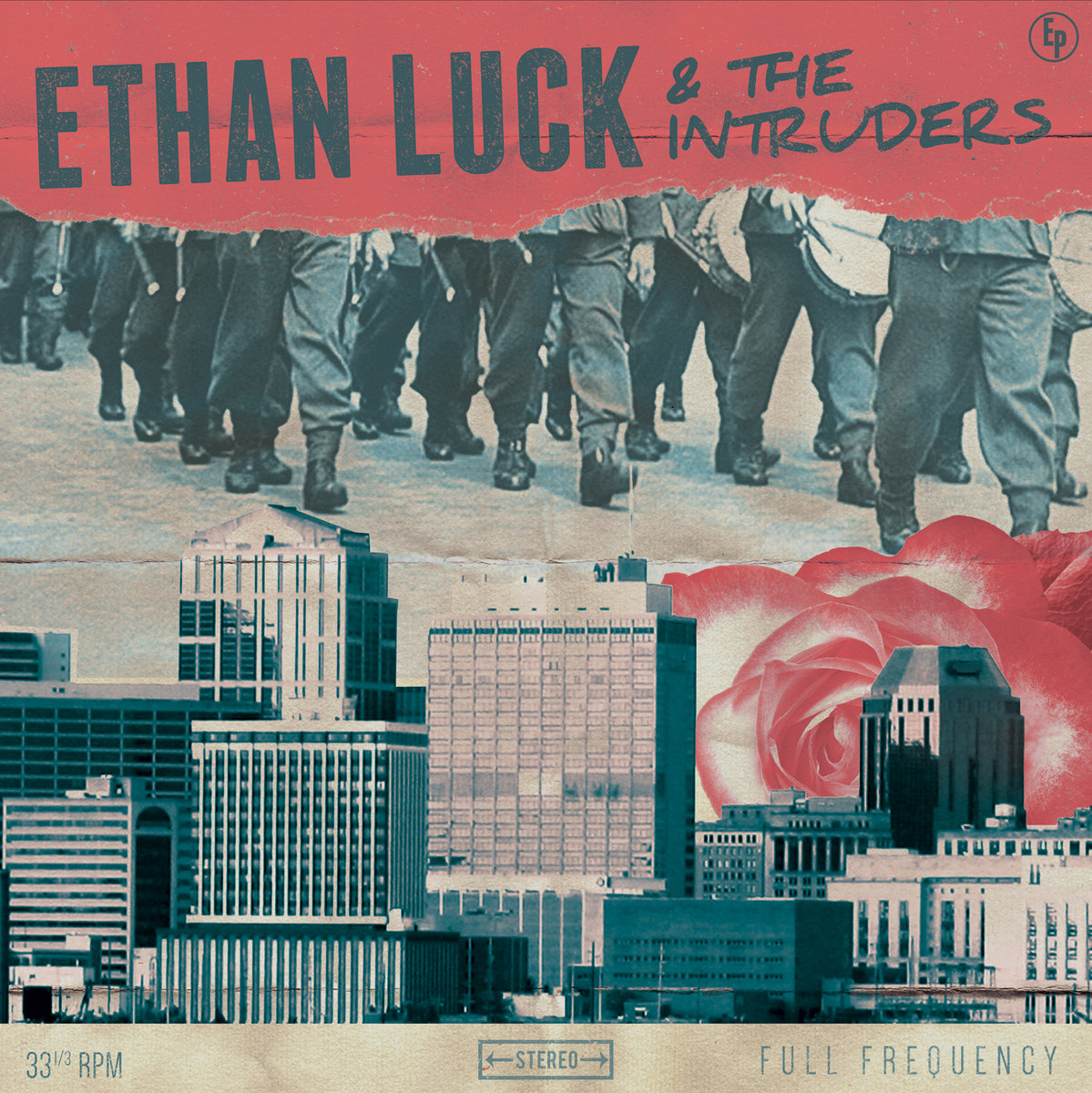
Released 10 years ago yesterday is this third EP from Ethan Luck. You might not know Ethan by name, but he's played music in bands like The O.C. Supertones, Relient K, The Dingees, Demon Hunter, and more. He was taking photos on a Switchfoot tour recently and has played many different instruments and roles in the bands, but this his own, independent music. This is good rock with a bit of a punk ethos to it, and it's only 5 songs, but I like his style. These songs are mostly love songs and some songs about love lost. Ethan's got decades of experience playing rock music and that shows in the quality of this EP and his other works.
Release Year: 2015
Listen on Apple Music
Listen on Spotify
Buy on Bandcamp
Album Of The Day: Eastern Hymns For Western Shores by Switchfoot
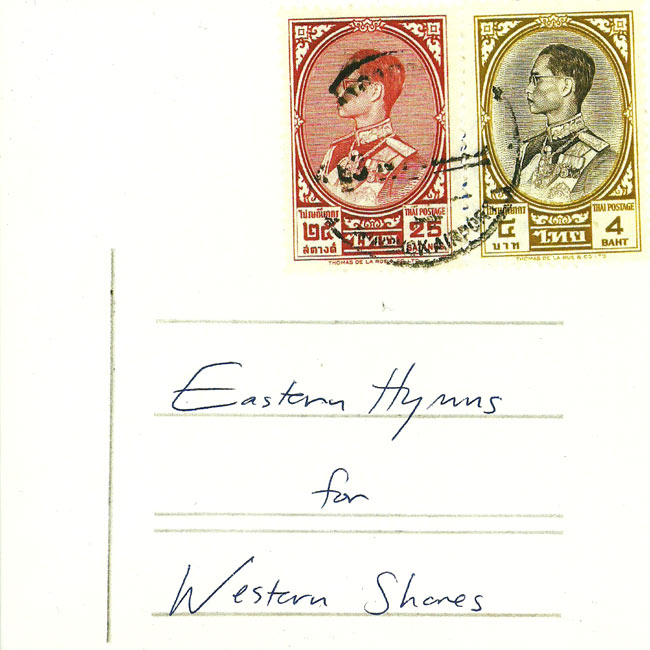
Released 15 years ago this month, this is the second independent, studio EP from Switchfoot, released between their 7th and 8th albums. It features 5 songs exclusive to this EP and one alternate version of a song from their 6th album, Oh! Gravity. There's definitely a level of experimentation musically and lyrically on these tracks and it seems like a collection of a few songs that didn't really fit on any previous album. This was only ever sold directly by the band on their web store, and it originally came as a part of Christmas merch bundle, though months later they started selling it individually and I picked it up a few years later. It came in a paper bag with some postcards that serve as artwork for the EP, so it has some fun, unique packaging. This is one of those where it's not on streaming, so maybe you need to scour your local used CD shop to find a fan who has let go of it if you don't have your own copy already, or maybe someday the band will print more (don't hold your breath on that).
Release Year: 2010
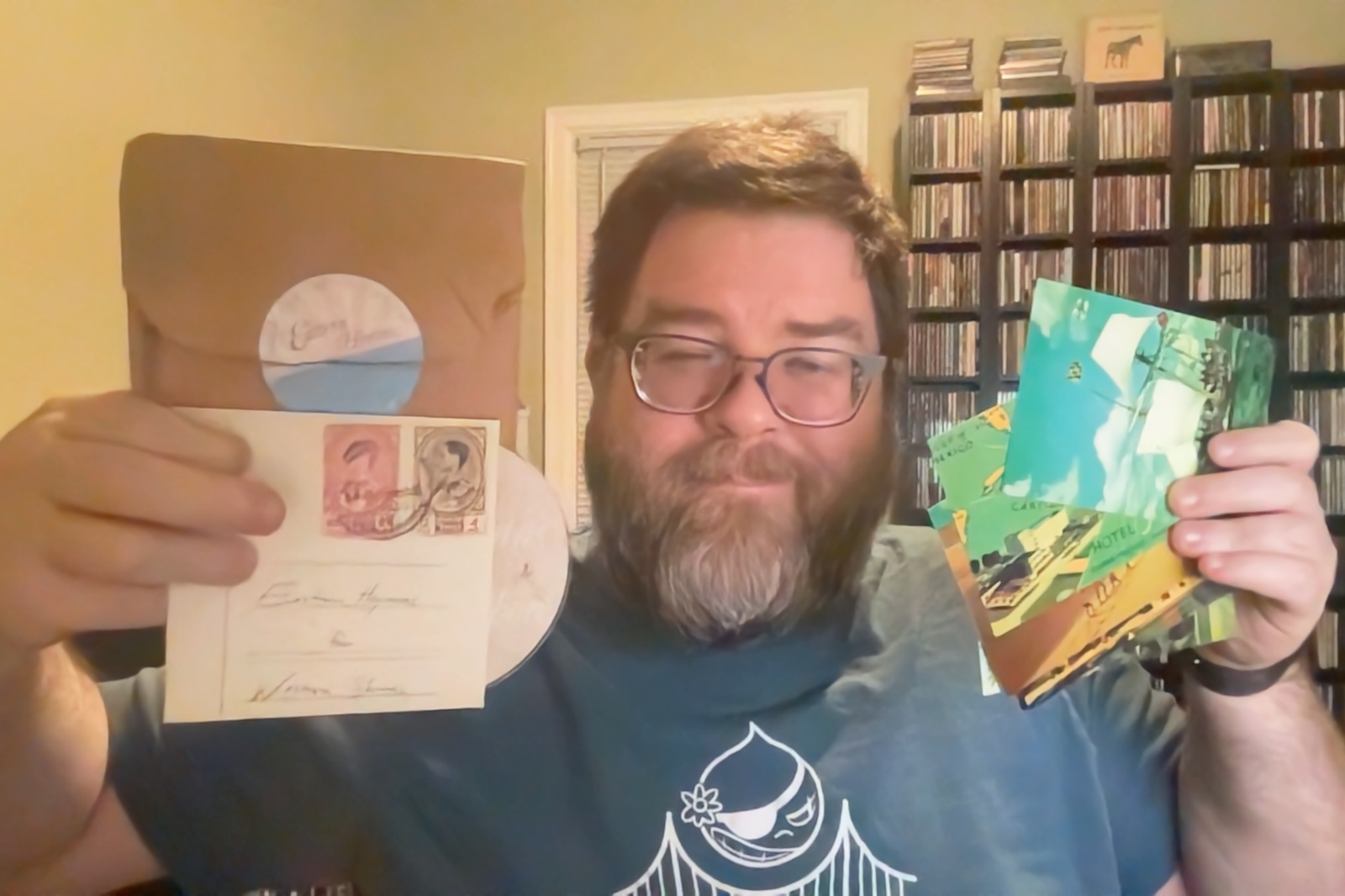
Album Of The Day: In Feast Or Fallow by Sandra McCracken

Released 15 years ago this past April, this is Sandra McCracken's sixth studio album and second album with lyrics pulled from old English hymnals from the last few hundred years. But even though this is hymn lyrics, it definitely does not sound like a church choir. Sandra's other albums around this time are folk-rock songs, and this album's music and production is very much the same. These songs sound much more like contemporary works, as the melodies and song structure are mostly brand new, though the lyrics are mostly taken from old hymns. Looking at the song titles, you might not think you recognize many of these, but the song titles do not seem to be the main chorus on this album. For example, "Faith's Review & Expectation" ends the album with a new melody for "Amazing Grace". There's something special about these old hymn texts and it's fun to hear them set to modern music. I like the appearances by Thad Cockrell and Derek Webb on the title track, adding beautiful harmonies and taking turns on the lead vocal. Sandra McCracken has spent the last 10 years of her musical career since then making modern music for hymns and psalms and this early hymn album was the start of things to come.
Release Year: 2010
Listen on Apple Music
Listen on Spotify
Album Of The Day: Collide by Andy Hunter
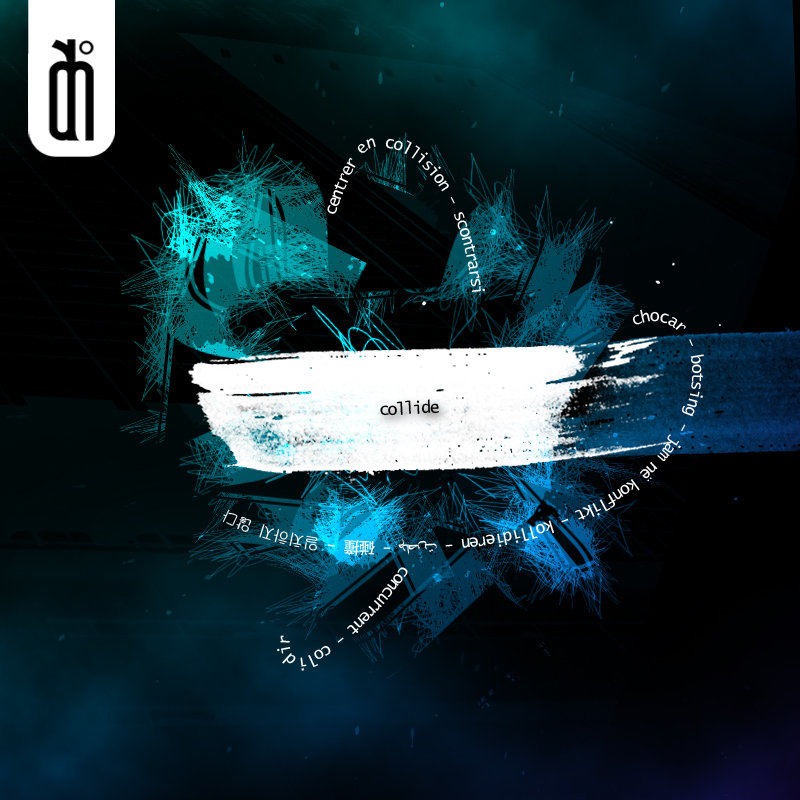
Released 15 years ago today, this is Andy Hunter's fourth solo release and his first fully independent release. If you haven't heard of Andy Hunter before, he's a DJ and Producer who does dance club music. Think of that action movie where they go to some dark club with fancy lights and the music is so loud no one can hear anything; that type of music. On this album (or is it an EP?) each song is about 7 minutes long and includes lots of bass and drums with synths, electronic sounds, and some vocals. It's only 5 tracks plus a remix so some might call that an EP, but I don't know, it's about a long as a full-length album from most other artists. This music has tons of energy and fun sounds and although I don't dance much, it's really enjoyable to listen to.
Release Year: 2010
Listen on Apple Music
Listen on Spotify
Buy on Bandcamp
Album Of The Day: O Brother, Where Art Thou? Soundtrack by Various
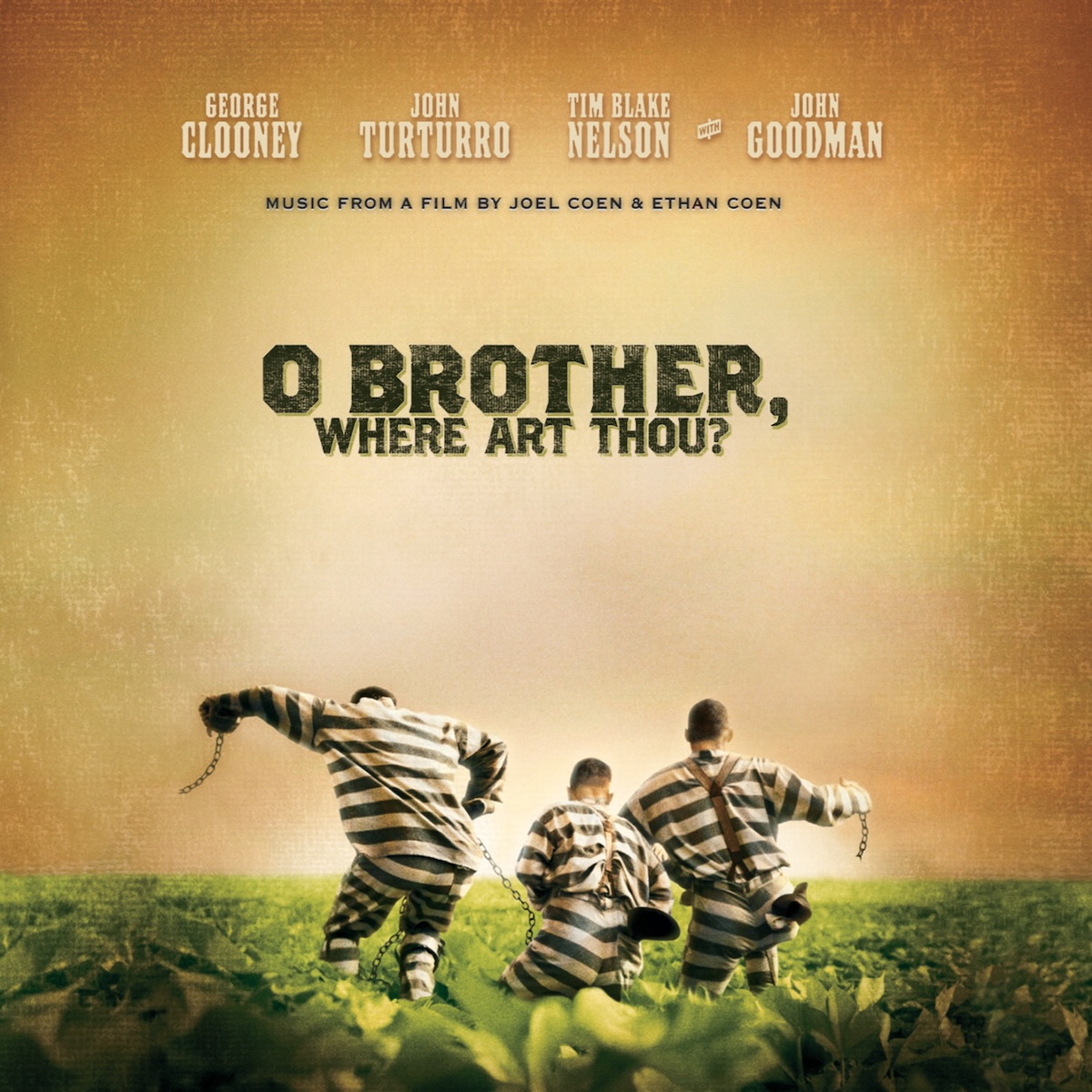
Released 25 years ago today, this is the soundtrack to the excellent Coen Brothers film set in the American South during the Depression. T-Bone Burnett put together a who's who of artists to record new versions of period-appropriate songs that do a good deal to make the film very enjoyable and memorable, though there are many other elements about this film I love as well. The mix of country, bluegrass, Southern Gospel and blues is just so much fun music to listen to, even when you're not watching the movie. Actor Tim Blake Nelson even gets his moment to shine on this album with "In The Jailhouse Now". Even if you haven't seen the film, you probably know a few of these old standards like "You Are My Sunshine", "I'll Fly Away" and "Down To The River To Pray". I don't yet have this on CD, but I'm looking for a copy now after giving it a listen today. I also want to watch the movie again sometime as it's been at least a decade since I watched it.
Release Year: 2000
Listen on Apple Music
Listen on Spotify
Album Of The Day: Professional Rapper by John Reuben
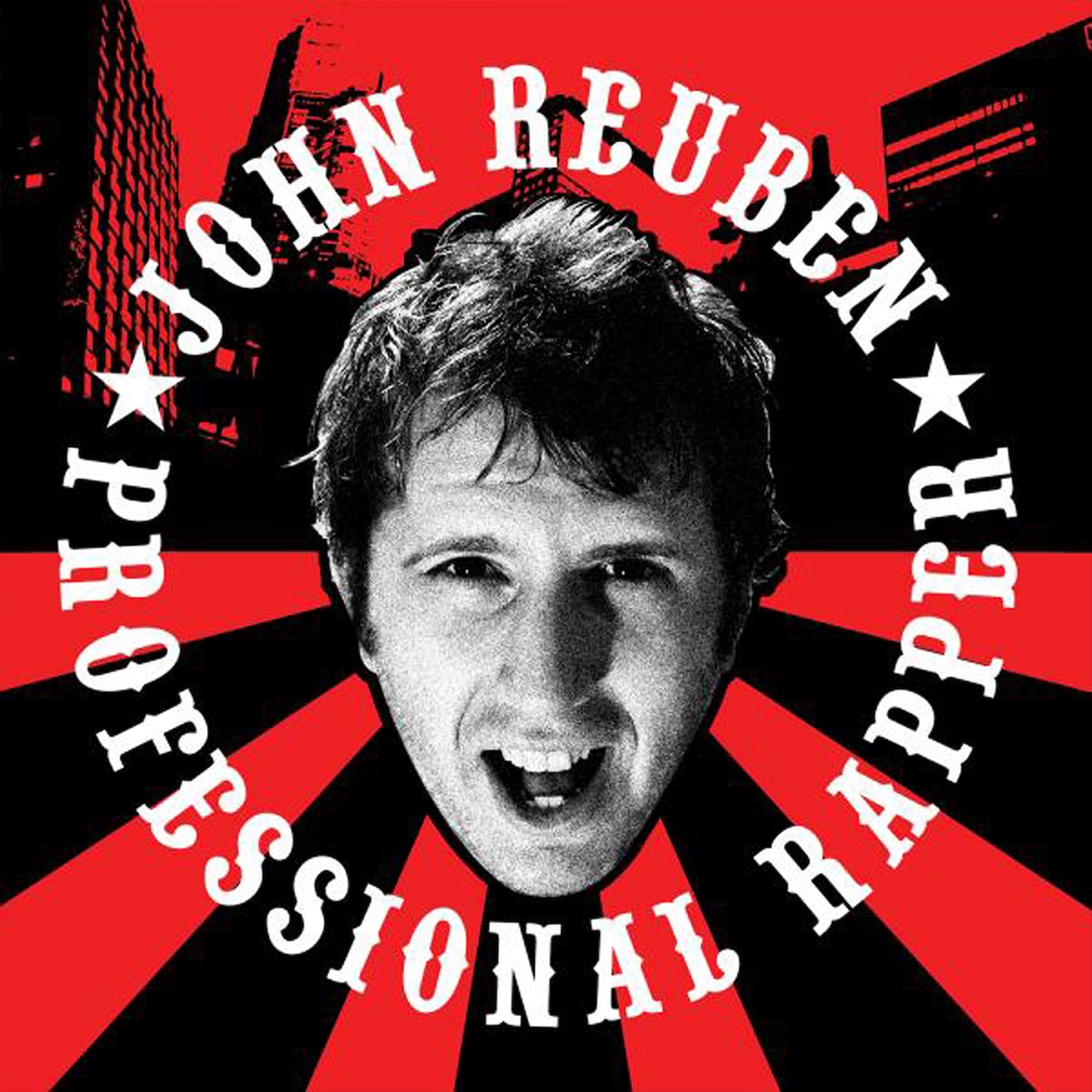
"I have no opinion, I don't / I could but I won't / I'm tired of arguing." Released 22 years ago this week, this is John Reuben's fourth studio album and the first album where he really started to find his definitive sound that is a amalgam of rap with rock beds. John Reuben makes albums that acknowledge Christian values, but also ask the hard questions and have a healthy dose of humor as well. Some of my favorite rock vocalists show up on this album for background vocals, both Adrienne Camp of The Benjamin Gate and Tim Skipper of House of Heroes. Sure, he's a middle-aged white man co-opting the world of hip-hop created by black Americans, but he creates rap that speaks to me, so I love it. Thanks for continuing to speak truth and ask the questions, John. I'll keep buying the albums. "It's been 20 years, no wonder the '80s are in."
Release Year: 2003
Listen on Apple Music
Listen on Spotify